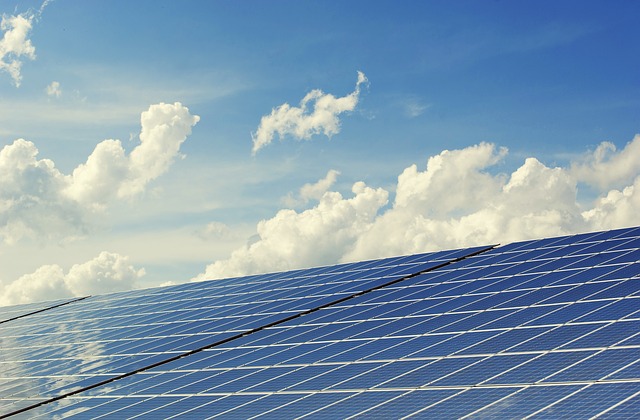In the first quarter of this year, China added 5.2 gigawatts (GW) of installed photovoltaic (PV) capacity, according to the National Energy Administration. The figure is a drop from the 9.65 GW in the same period of 2018, due to the new policy on the construction of PV facilities for 2019 having been issued later in the year than similar policies issued in earlier years.
Nevertheless, compared with wind, which recorded 4.78 GW of installed capacity and biomass, which garnered only 970 MW of installed capacity in the first quarter, PV energy remains the most favored renewable in China. In the context of the temporary decline in newly installed capacity, China’s PV module production rose 47.5 percent year-on-year to 11.8 GW during the January-February period.
In the first quarter, most of China’s first-tier PV module manufacturers were in full production, with the order books of some of the leading firms already booked through the end of the first half.
According to statistics from the Energy Research Institute of the National Development and Reform Commission (NDRC), China’s exports of PV cells reached US $170 million and 1.3 GW in the first two months of 2019, up 2.1 percent year on year. Exports of PV modules for the period reached US$2.4 billion in value and 10 GW in volume, up 21.9 percent.
According to statistics from China Customs, exports of PV modules reached 15 GW in the first quarter of 2019, up 70 percent year on year. Exports in March continued the increase that had begun in the fourth quarter of 2018, exceeding 6 GW in the single month.
Industry analysts noted that the popularity of Chinese-made PV products in the first quarter was due to the fact that the first quarter is the end of the fiscal year in several countries that are key export destinations, including India, Japan and the UK. In addition, Vietnam and the Netherlands were the top two markets for China’s module exports in the first quarter, a period during which Chinese domestic demand was weak, according to IHS Markit.
According to a research report by Sinolink Securities, during the period from 2019 to 2017, as PV power becomes increasingly affordable globally, the world’s major countries are expected to gradually replace thermal with PV, driving a new round of rapid growth in installations worldwide.
The International Energy Agency (IEA) predicted that the world’s total installed PV capacity is expected to reach 1,721 GW by 2030, and further increase to 4,670 GW by 2050. Based on this, the installed capacity is expected to increase 101.42 GW annually on average from 2018 to 2030, then jump to 402.5 GW a year from 2030 to 2050.
Based on the increase in installed PV capacity globally, China’s PV makers, with leading-edge technologies such as the PERC battery technology, are expected to be the winners in the development of the industry, according to Hu Dan, senior analyst at IHS Markit.
In 2018, the average conversion efficiency of China’s polycrystalline black silicon cells in mass production exceeded 19%, while those of single-crystal and polycrystalline black silicon cells using PERC battery technology reached 21.8 percent and 20.3 percent, respectively, significantly higher than in 2017. The price for a PV module has fallen by 94 percent over the past decade, and, as a result, the cost of building a photovoltaic power station has fallen by 90 percent.





